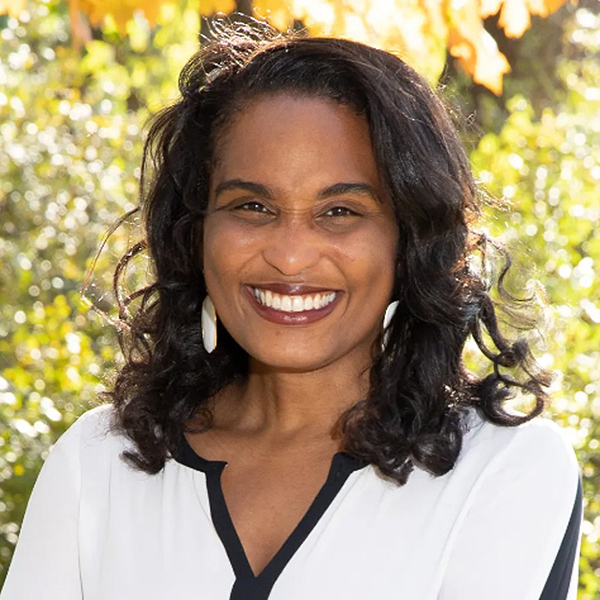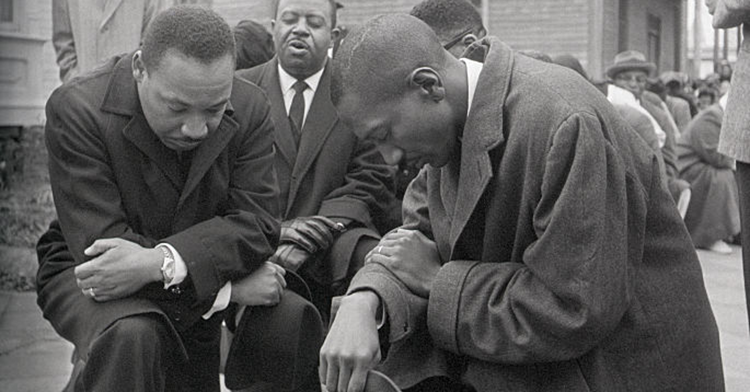I call a pastor friend to ask him for a favor, and we’re engaging in pleasantries.
“How are you?” I ask.
He pauses and then says, “I’m good. Well, yeah, I’m good.”
I pause. I have a decision to make. Do I stick with my mission and move on about my day? The truth is, I can’t.
So many times in the past few months, I’ve had this conversation -- the pastor calling to ask for a mental health referral for a member, the executive minister calling to schedule a Zoom-based session on mental health during the pandemic, the clergy member arranging a panel on responding to race-based violence in the U.S.
The purpose of the conversation is service to the people we all care about, but when do faith leaders make time to attend to themselves?
“I don’t believe you,” I say to my friend. He just responds, “I know.”
“I’m here,” I say. “You know I’m here.” He replies to my invitation with three simple words: “It’s just everything!”
Immediately, I get it. He doesn’t need to explain. The past six months have been a whirlwind for all of us. In March, the arrival of a pandemic that stopped us in our tracks. What we thought would be a few weeks has turned into a half-year-long saga of reinventing the ministry wheel and responding to emotional, financial and programmatic needs.
In May and the months after, the ubiquitous reminders of the racialized violence that is embedded in the bones of this country, reinforcing how perilous the very concept of “safety” is. Add to that a contentious political battle in which it seems that we are fighting for our very souls. Ministering has never, ever been an easy job, but this year has made it even harder.
Ministry as a profession trains people to orient themselves outward and upward; less often are they encouraged to orient inward. For clergy, this season has been a call to action.
In heroic efforts for which they have not always gotten appropriate credit, clergy have worked to transition churches to online formats, shift their pastoral care strategies, manage financial concerns, and respond to the fears and anxiety of congregations who are wondering what to do in moments like these.
While the buildings have been closed, the phone calls and requests for help have not stopped. In fact, the work has somehow increased! Parishioners have needs, and they call clergy first.
Clergy have had front-row seats to the pain: the COVID-19 deaths, the isolation from family and friends, the despair about how long this period will last, the racial unrest and calls to protest, the mental health consequences that come along with this turmoil. They see and feel and hold it all.
Our trauma is their trauma, on top of their own. The simple definition of trauma I give to clients who have experienced it is this: something happened that shouldn’t have happened, or something didn’t happen that should have happened.
Isn’t that this year in a nutshell?
Secondary trauma is bearing witness to these happenings (and not-happenings) for others. For clergy, it’s bearing witness for lots of others -- and in times like these, there is often a sense of hopelessness or powerlessness that simply overwhelms. Clergy are doing what they can, but many simultaneously have the sense that it is not enough.
As this internal and external war rages on, the things that can serve as little reminders that their labor is good and their efforts are appreciated have faded away: no hugs or high fives, fewer smiles from people who can see how hard they are working, no faces in the sanctuary reacting to the sermons, no real-time responses to the proverbial sermonic call.
A funeral, which at one time was a balm for collective grief, suddenly turns into a graveside service with many left watching at home. A wedding or baby dedication to celebrate the cyclical nature of life is either canceled or transformed into something nearly unrecognizable.
The anxiety and angst of this time in our collective history means that people need more. And clergy, being who they are, have responded.
But who takes care of the shepherds? While they have the responsibility of leading churches during these tumultuous times, they are still whole people with their own anxiety about COVID-19, maybe their own financial issues, their own angst about the state of the world. Still, their churches might be needing more and more.
It is a precarious place to be, and the reality is that when people are used to being in the role of caretaker, it can be hard for others to see them (and for them to see themselves) as needing love, care, support and encouragement. The shepherds need this care and support more than ever. Theirs can be a thankless job, and we are in a particularly unforgiving season.
Add to that the uncertainty. When will the church building open back up? When can we return to “normal” life? What’s our responsibility in response to social unrest? Where is God in all of this?
I imagine that some clergy are tackling another uncertainty in addition to this list: How can I go on like this?
I have said over these past few months that I firmly believe we are all doing the best we can. What is the best we can do in this moment? What is the best we can do for the shepherds?
One place we can start is simply giving clergy places to name their struggles. Many of us know the isolation that can come with this profession. What clergy need now, more than ever, is connection -- even if that connection is not through the traditional methods. This can be personal and emotional, but it can also be professional.
Clergy can benefit from spaces to share best practices, technology hacks and helpful resources. They also need spaces to cry, scream and lament.
Now is the time for denominations to rethink and rework renewal leaves, sabbaticals and time away.
Now is the time for churches to evaluate their benefits packages to make sure they include comprehensive medical and mental health care, paid leave, and professional funds. For many churches, this means getting creative, collaborating with fellow churches and capitalizing on the strengths of the leaders in each congregation.
The clarion call of rising clergy burnout rates has been ringing for quite some time, and for us to be the church, we must equip the clergy. They have risen to the occasion, and now it’s our turn.
A part of this equipping work ideally happens before a crisis occurs. In most traditional seminary training, there is at least a cursory discussion of self-care as a part of pastoral care or some other foundational class. But what we are learning in this time is that ministry during a crisis requires something different as clergy attempt to care for congregations and to care for themselves.
Seminaries can be a part of the solution by helping seminarians build crisis-specific skills: collaboration, understanding and responding to personal needs, setting appropriate boundaries. The strategies might be similar to those of general self-care, but they are executed differently in times of crisis.
It will take all of us to come together and envision processes for being well and even thriving as these challenges continue.














